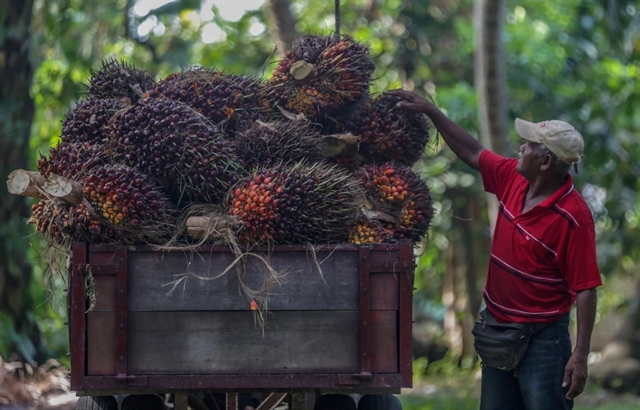 Society
Society

Việt Nam’s economic engine HCM City has the country’s lowest fertility rate of 1.53, according to the Ministry of Health’s latest report in June.

|
| A newborn at HCM City's Hùng Vương Hospital. The city's fertility rate is lowest in Việt Nam. — VNA/VNS Photo |
HCM CITY — Việt Nam’s economic engine HCM City has the country’s lowest fertility rate of 1.53, according to the Ministry of Health’s latest report in June.
A total 21 provinces and cities have low to very low fertility rates, mostly in the Mekong Delta, southeast and central coastal regions. With a total population of 38 million, these provinces’ prolonged declining fertility rates pose dire threats to the country’s future in terms of security, workforce and economy, the report said.
Meanwhile, 33 others have high fertility rates, with the central province of Hà Tĩnh topping the list at 2.9 births per woman of childbearing age.
The MoH has recently decided to attempt to adjust fertility rates among localities to maintain the desired fertility at replacement level of two to 2.2 children per woman of reproductive age.
The ministry said it would allocate State funds to provide contraceptive methods to localities with low birth rates which are usually poor and currently account for 42 per cent of the country’s population.
There will also be incentives to encourage families in areas with low fertility rates to have more children.
The plan touches on piloting online sex education and consulting for youth as well as programmes to prevent infertility and reproductive cancers for adolescents.
According to the MoH, Việt Nam has a high rate of infertility of which 7.7 per cent is primary infertility.
The 2019 Population and Housing Census also revealed contradictions between women’s financial statuses and their willingness to bear a child.
Those in the richest group had the lowest fertility rate and vice versa. Sex imbalance at birth has witnessed an upward trend in recent years, the census highlighted.
Việt Nam’s total fertility rate (TFR) dropped from 2.25 children per woman in 2001 to 1.99 in 2011. From 2012 to 2019, the rate ranged from 2.04 to 2.1.
According to the 2019 census, the TFR of urban areas was 1.83 children per woman, lower than rural areas’ average rate of 2.26. The trend has remained the same for two decades.
The imbalance in access to information and health care services contributes to the status quo, the census suggests, as couples living in cities are aware of the benefits of family planning and can easily access contraception.
Earlier in April, Prime Minister Nguyễn Xuân Phúc approved a birth rate adjustment programme which encourages people to get married before the age of 30 and women to give birth to their second child before they are 35.
The programme plans to offer incentives for couples with two children including reducing tax, tuition fees, rental expenses and social housing prices.
Local authorities have been asked to pilot marriage and family consultation services such as dating clubs and pre-marriage health consultations. — VNS




